Office 365 Backup
Designed for businesses in the cloud that operate primarily on Office 365.
As a lot of the information sent is sensitive, along with having a relatively large number of staff operating solely in the cloud, there is a need to keep a record of all Emails for an extended period of time for reference and accountability. AWS EC2 combined with a S3 bucket is the perfect solution for safe and reliable storage over an extended period of time.
Our Process
1. Assessment and Planning
- Identify the need for Office 365 data backup to enhance data resilience and security.
- Assess the existing backup strategy and potential risks associated with data loss.
- Define objectives for implementing AWS S3 as the backup solution, considering data volume, retention policies, and compliance requirements.
2. Communication
- Communicate the reasons for the change, emphasizing the importance of data backup and the role of AWS S3 in ensuring data integrity.
- Clearly articulate the benefits of the change, such as improved data recovery, enhanced security, and compliance adherence.
- Address any concerns or questions from stakeholders, including IT teams, end-users, and compliance officers. Continuous communication throughout each phase of the project.
3. Stakeholder engagement
- Involve key stakeholders, including IT administrators, security teams, and end-users, in the decision-making process.
- Gather feedback on data types, frequency of backups, and any specific requirements from different departments.
- Collaborate with AWS specialists and IT teams to ensure a seamless integration with Office 365 and AWS S3.
4. Training and Development
- Develop training programs for IT staff to acquire the necessary skills to configure and manage the backup solution using AWS S3.
- Provide educational resources for end-users to understand the changes in data backup processes and the benefits of the new solution.
- Conduct training sessions to ensure a smooth transition and to address any potential challenges in adopting the new backup strategy.
5. Resistance Management
- Identify potential resistance to the change, addressing concerns about data security, performance impact, or changes in daily workflows.
- Implement a robust communication plan to address misconceptions and provide ongoing support during the transition.
- Establish a feedback mechanism to capture concerns and continuously improve the backup process based on user experiences.
6. Implementation
- Identify potential resistance to the change, addressing concerns about data security, performance impact, or changes in daily workflows.
- Implement a robust communication plan to address misconceptions and provide ongoing support during the transition.
- Establish a feedback mechanism to capture concerns and continuously improve the backup process based on user experiences.
7. Monitoring and Evaluation
- Monitor the performance of the backup solution and gather feedback from IT teams and end-users.
- Evaluate the effectiveness of the change based on predefined success criteria, such as reduced data loss incidents and improved recovery times.
- Make adjustments to configurations or processes based on ongoing monitoring and feedback
8. Sustainability
- Integrate the Office 365 backup to AWS S3 into the organization’s routine operations and maintenance processes.
- Document the new backup procedures and ensure that they align with existing data management policies.
- Periodically review and update the backup strategy to adapt to changes in data volume, compliance requirements, or technology advancements.
- Implementing Office 365 data backup to AWS S3 involves collaboration among different stakeholders, effective communication, and ongoing support to ensure a successful change.
9. SOW Changes
- Once the SOW has been signed off, the delivery team will work on the solutions. Every week an update will be provided to the customer at which time any changes that need to be made will be discussed. If any significant changes are required, they will be captured in a “Variation” Document which will be signed by both parties that outline the change in timeframe, responsibilities and cost.
- There will also be communication at each milestone during the project if it falls outside of the weekly catch up. The above process will be followed if there are also changes required at this point.

